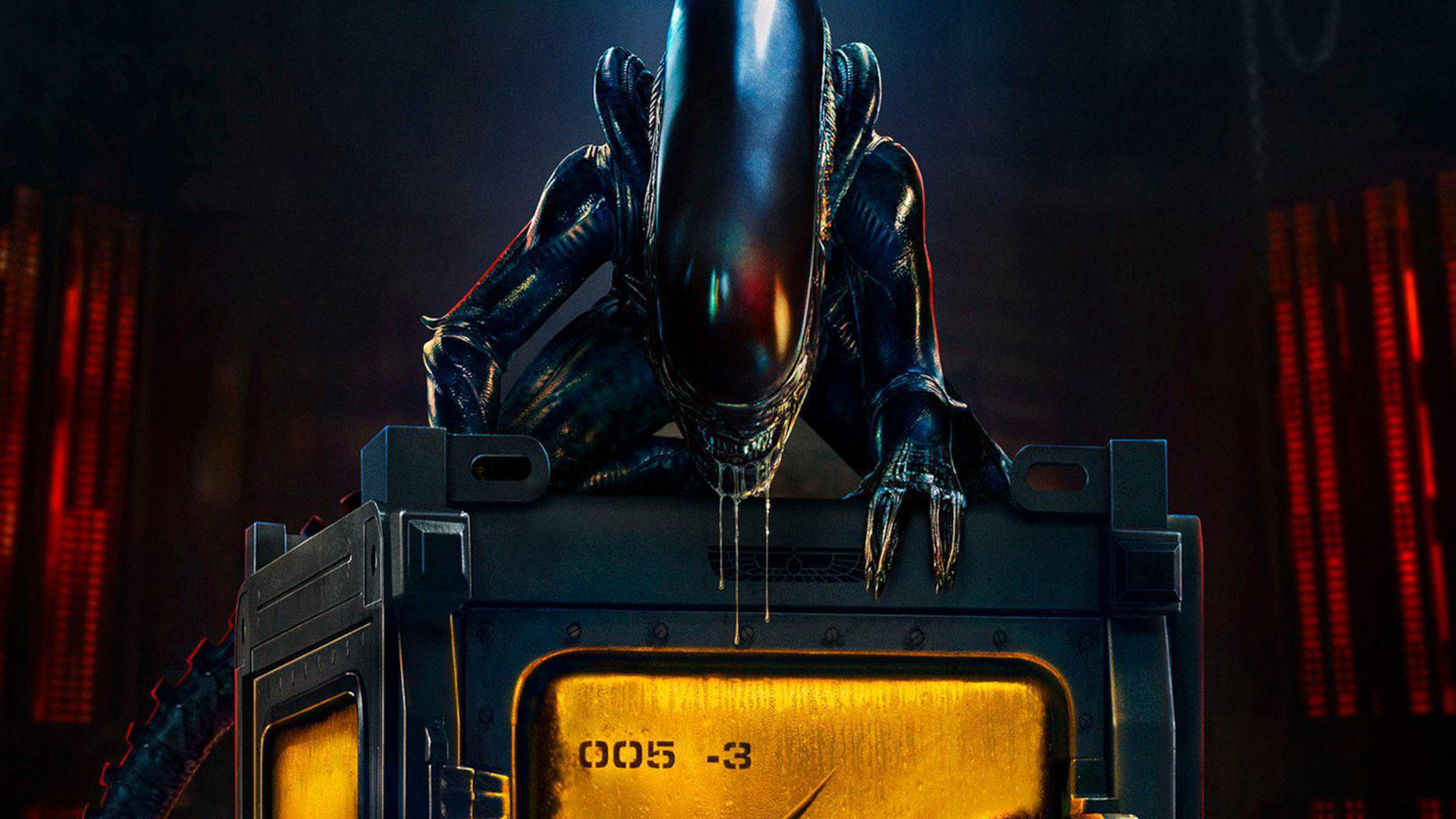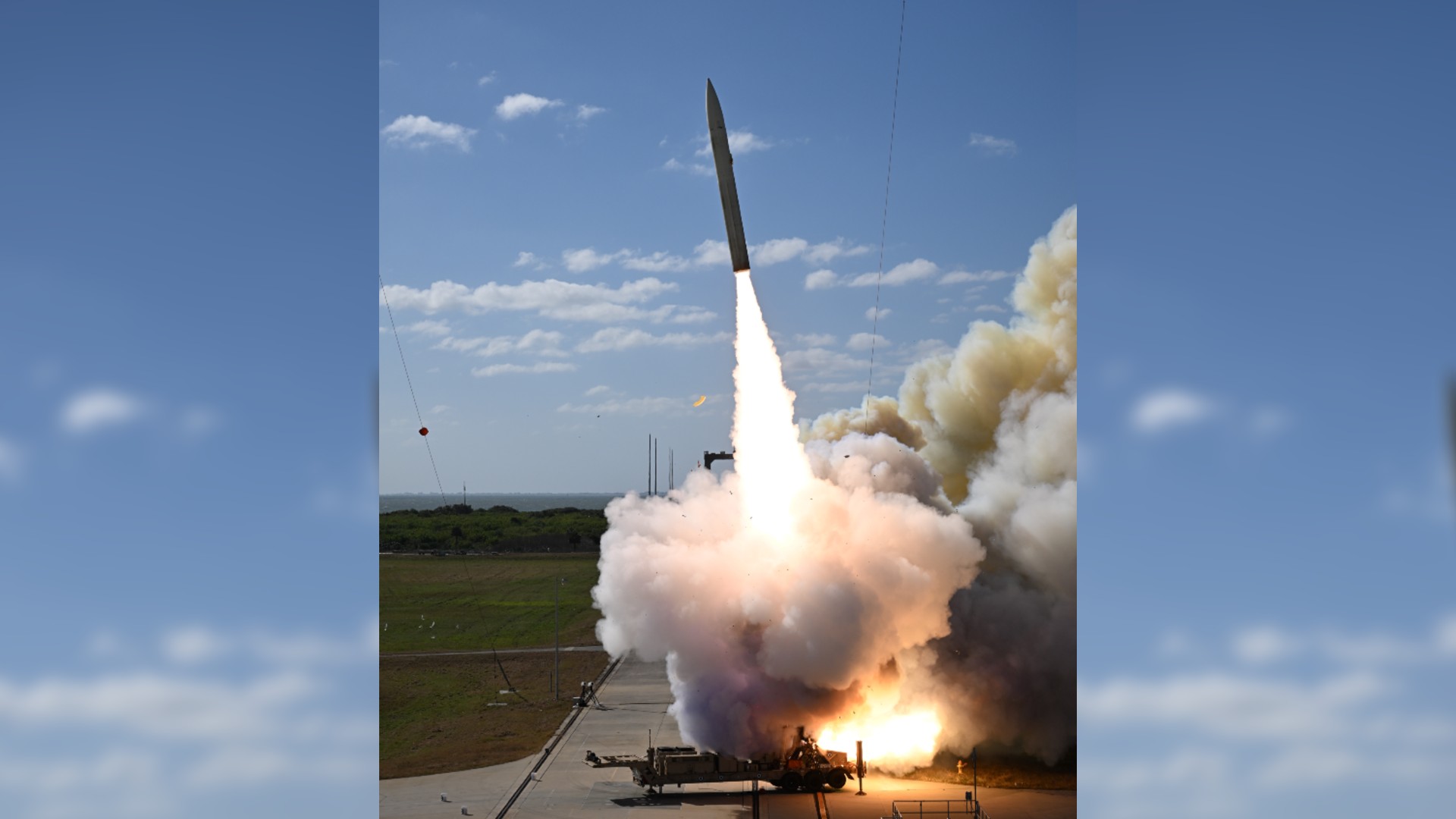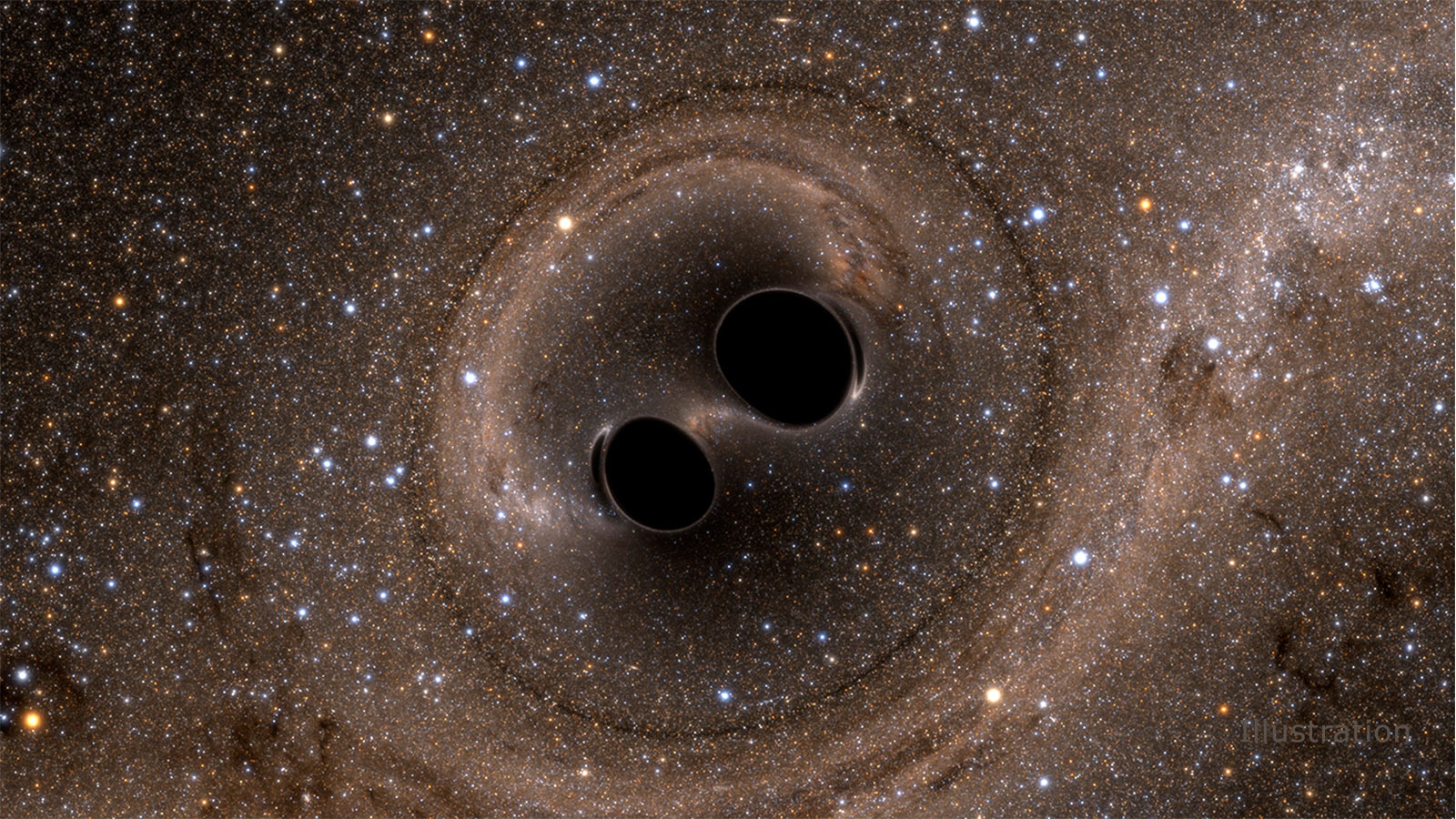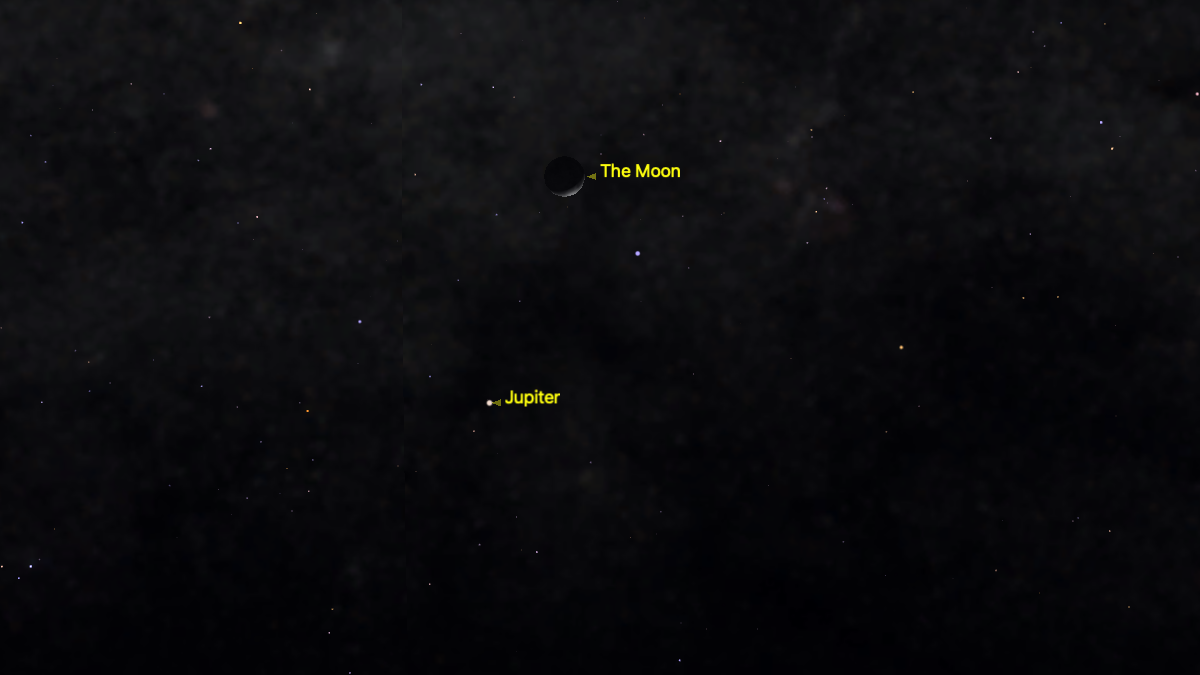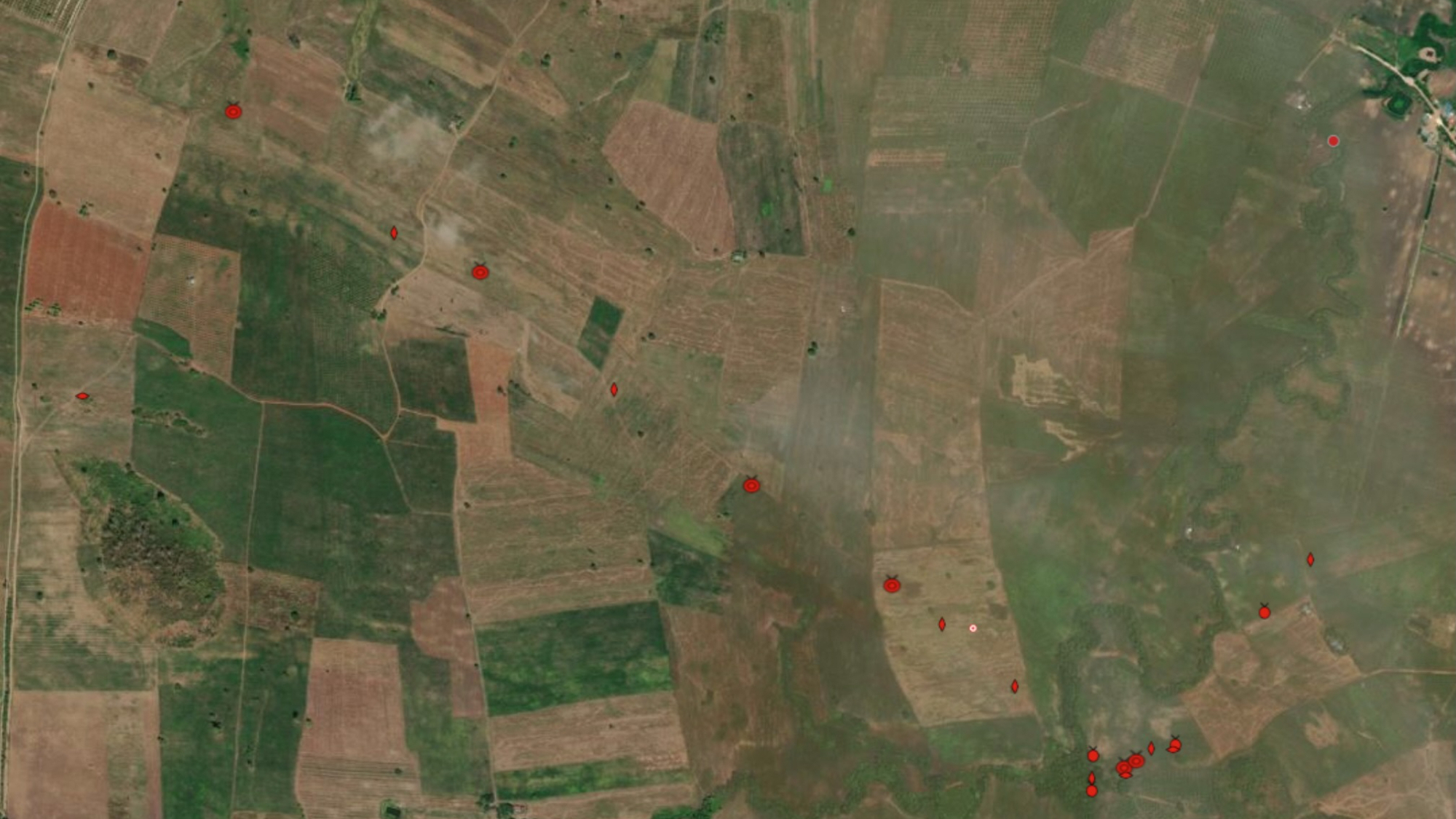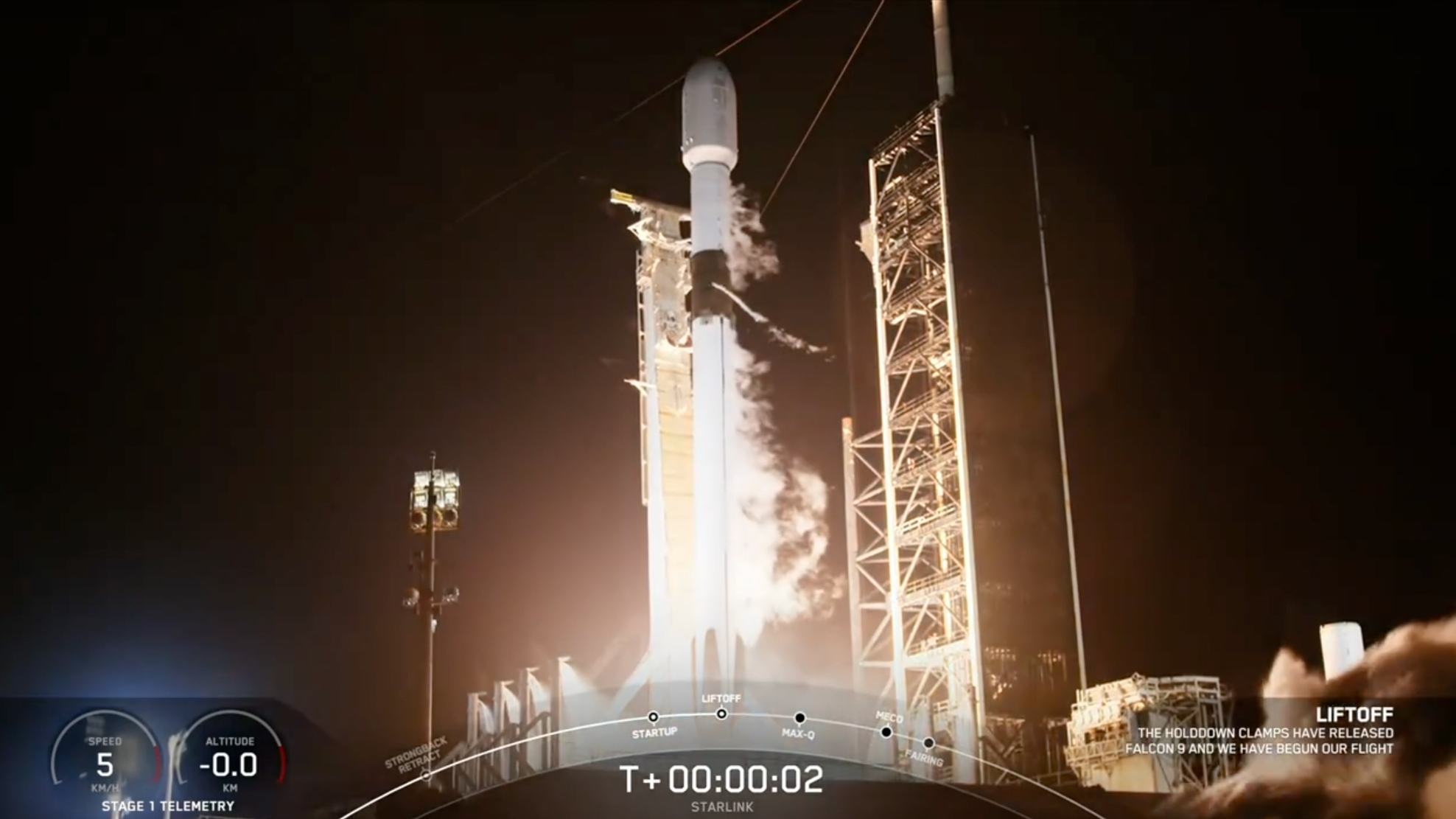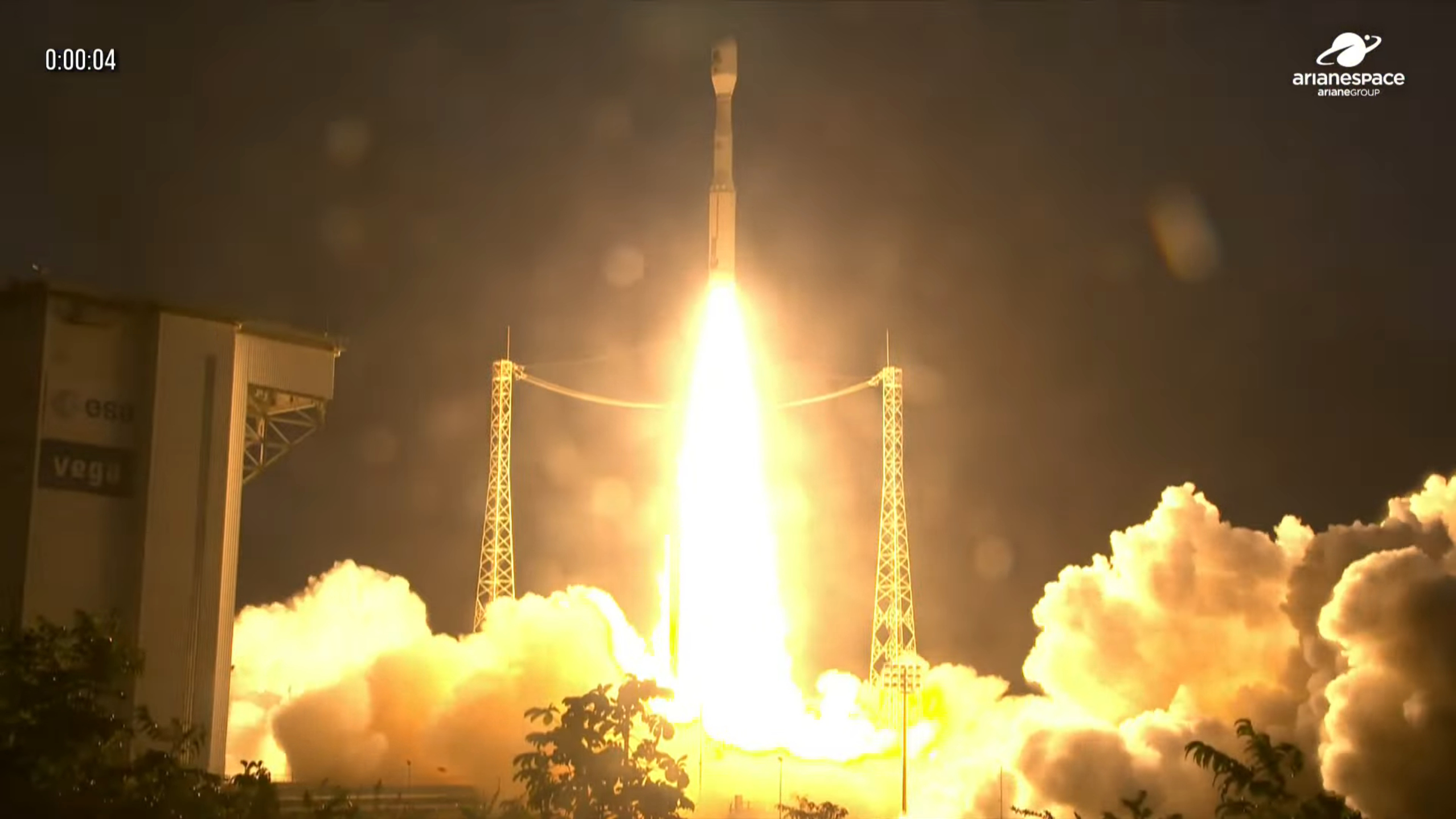SpaceX launched another batch of its Starlink satellites to orbit early Friday (Aug. 2), continuing the company's bounceback from a July 11 failure.
A Falcon 9 rocket topped with 23 Starlink craft lifted off from NASA's Kennedy Space Center in Florida on Friday at 1:01 a.m. EDT (0501 GMT).
The Falcon 9's first stage returned to Earth about eight minutes after launch as planned, landing on the SpaceX droneship A Shortfall of Gravitas droneship, which was stationed in the Atlantic Ocean.
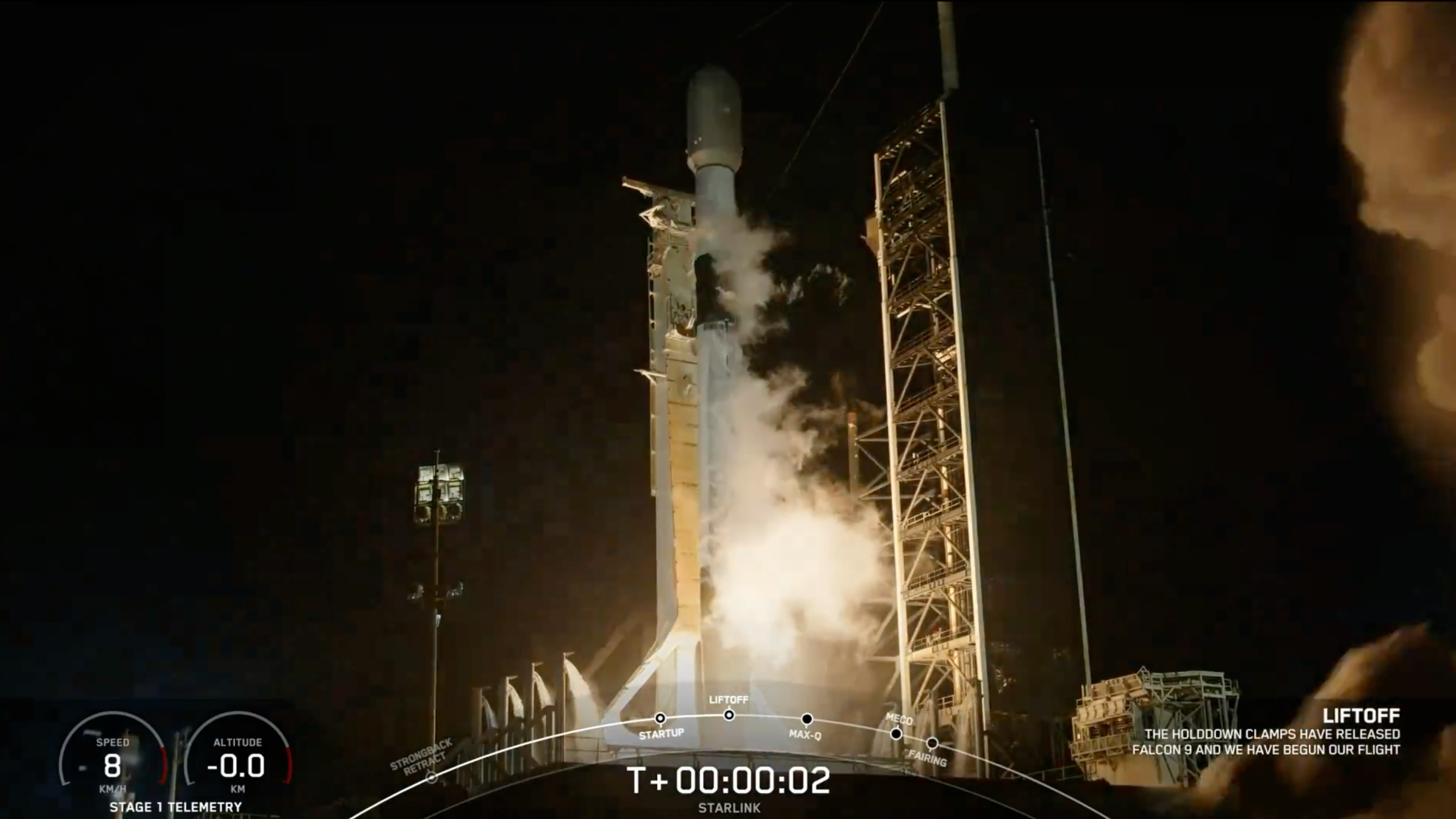
It was the 12th launch and landing for this particular booster, according to a SpaceX mission description. Nine of those 12 flights have been Starlink missions.
The Falcon 9's upper stage, meanwhile, hauled the 23 Starlink satellites to low Earth orbit, deploying them there about 64 minutes after launch, according to SpaceX.
Related: Starlink satellite train: how to see and track it in the night sky
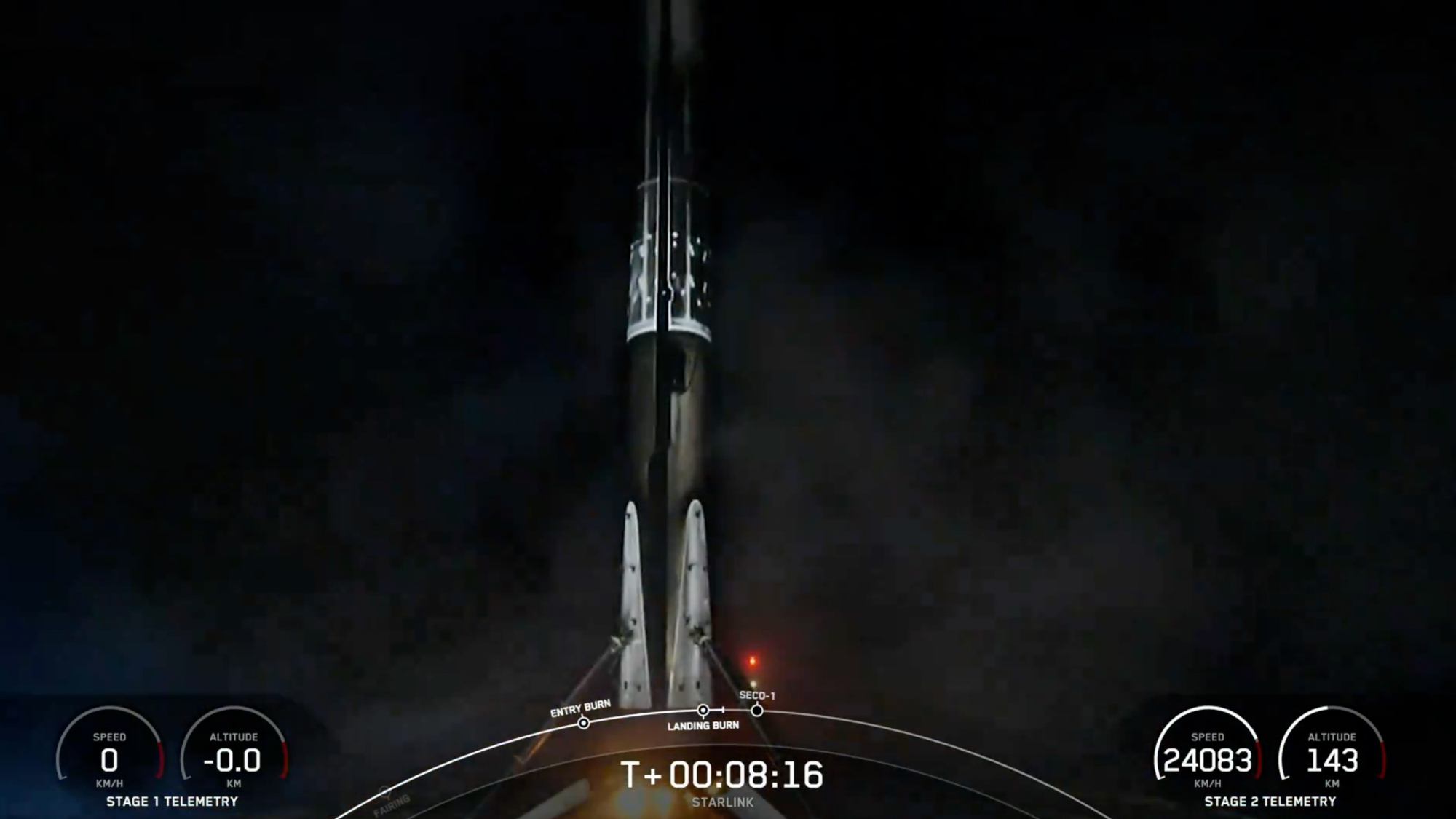
Friday's launch was SpaceX's fourth in less than a week, following a Starlink liftoff on July 27 and two more on July 28. Those three launches broke a two-week drought for the company, which was grounded for a spell after a July 11 Falcon 9 failure.
Get the Space.com Newsletter
Breaking space news, the latest updates on rocket launches, skywatching events and more!
That mishap occurred after a Falcon 9 upper stage sprang a leak of liquid oxygen, preventing the vehicle from performing a planned orbit-raising burn. Twenty Starlink satellites were lost as a result.
SpaceX identified the cause of the leak as a crack in a line for a pressure sensor in the upper stage's liquid-oxygen system, and says it has taken measures to prevent the problem from recurring.
Editor's note: This story was updated at 2:30 a.m. ET on Aug. 2 with news of successful launch, rocket landing, and satellite deployment.
Join our Space Forums to keep talking space on the latest missions, night sky and more! And if you have a news tip, correction or comment, let us know at: community@space.com.

Michael Wall is a Senior Space Writer with Space.com and joined the team in 2010. He primarily covers exoplanets, spaceflight and military space, but has been known to dabble in the space art beat. His book about the search for alien life, "Out There," was published on Nov. 13, 2018. Before becoming a science writer, Michael worked as a herpetologist and wildlife biologist. He has a Ph.D. in evolutionary biology from the University of Sydney, Australia, a bachelor's degree from the University of Arizona, and a graduate certificate in science writing from the University of California, Santa Cruz. To find out what his latest project is, you can follow Michael on Twitter.

